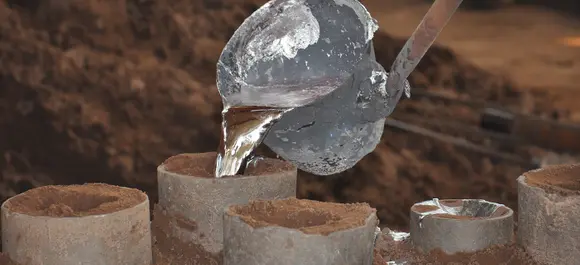Mobile:+86-311-808-126-83
Email:info@ydcastings.com
low melting point metals for casting
Low Melting Point Metals for Casting
Casting is a widely used manufacturing process that involves pouring liquid metal into molds to create various shapes and products. One crucial factor in the casting process is the choice of metal, particularly its melting point. Low melting point metals are increasingly popular in various applications due to their ease of use and cost-effectiveness.
Low melting point metals, typically defined as metals that melt at temperatures below 300°C (572°F), include materials such as lead, tin, bismuth, and certain alloys like low melting point pewter. These metals offer several benefits for casting operations. Firstly, their lower melting points mean they require less energy for melting, making the process more environmentally friendly and economically advantageous. This energy efficiency allows for quicker production times, which is essential for meeting the demands of modern manufacturing.
Lead, despite its toxicity concerns, has historically been favored for its excellent casting qualities, such as fluidity and detail reproduction. However, due to environmental regulations, the use of lead has decreased, leading to a shift towards safer alternatives like tin and bismuth. Tin, for instance, has a melting point of about 232°C (450°F) and is often used in soldering for electronics and plumbing due to its non-toxic nature.
low melting point metals for casting

Bismuth, with a melting point of just 271°C (520°F), is gaining attention as an eco-friendly replacement for lead. It has properties that make it suitable for creating intricate designs and castings, paving the way for its use in artistic applications and advanced manufacturing processes. Additionally, bismuth-based alloys are often used in the medical field for surgical tools and other applications due to their non-toxic characteristics.
Alloying these metals can further lower melting points and enhance mechanical properties. Various combinations can yield specialized materials tailored for specific applications, such as low-temperature casting or high-strength requirements.
In summary, low melting point metals play a significant role in modern casting applications. Their favorable melting characteristics, environmental advantages, and adaptability to various industrial needs make them invaluable. As industries continue to seek sustainable and efficient solutions, the use of low melting point metals will likely expand, opening up new possibilities in manufacturing and design.
-
Understanding Metal Casting TechniquesNewsApr.02,2025
-
Understanding Exhaust Manifolds for Enhanced Engine PerformanceNewsApr.02,2025
-
The World of Metal FabricationNewsApr.02,2025
-
Key Components for Pump and Turbo EfficiencyNewsApr.02,2025
-
Essential Tools for Automotive Maintenance and RepairNewsApr.02,2025
-
Durable Valve Components for Effective Water ManagementNewsApr.02,2025











